During the last Inauguration Day in January 2017, antifa occupied my car. No one knew who they were then, we just called them “anarchists” and knew they wore spray-painted black football pads and skateboard helmets and were mostly white and came from wealthy Northern California families. I had driven my car (a battered but still functional 1964 Triumph TR4) down to the intersection of 13th and I streets and parked, it seemed, far enough from any potential disturbances but close enough to walk down to the festivities on the Mall.
As it turned out, I had landed right in the middle of a battle zone. Flash-bang grenades went off as I rounded the corner onto 13th. Directly ahead of me, groups of angry anarchist youths waving red flags dodged police officers in McPherson Square. All this was before we needed 25,000 National Guard troops to control the riots in this town.
These same youths had just smashed the windows of a bank and torched a Cadillac limousine driven by a Pakistani American owner-operator. The hard working immigrant had jumped out, begging the anarchists not to destroy his livelihood. But anyone riding in a limousine had to be a patriarchist-fascist-capitalist, and up went the Cadillac, belching smoke as the Pakistani chauffeur stood by on the sidewalk looking defeated.
The incident was, I know now, a foreshadowing of greater vandalism to come.
Later that evening, after listening to Trump’s speech, I walked back to my car only to find the police department had cordoned off the block where I’d parked, cornering the anarchists there before making arrests. A young individual of nonbinary sexuality sat on the dented hood of my Triumph, another inside. (There’s no use in locking a convertible anyway. If somebody really wants to get in, they’ll just slit the top with a razor blade.)
“That’s my car,” I said to a policeman in riot gear standing nearby. “When do you think I’ll be able to get it out of there?”
“Tomorrow,” he shrugged. “Maybe.”
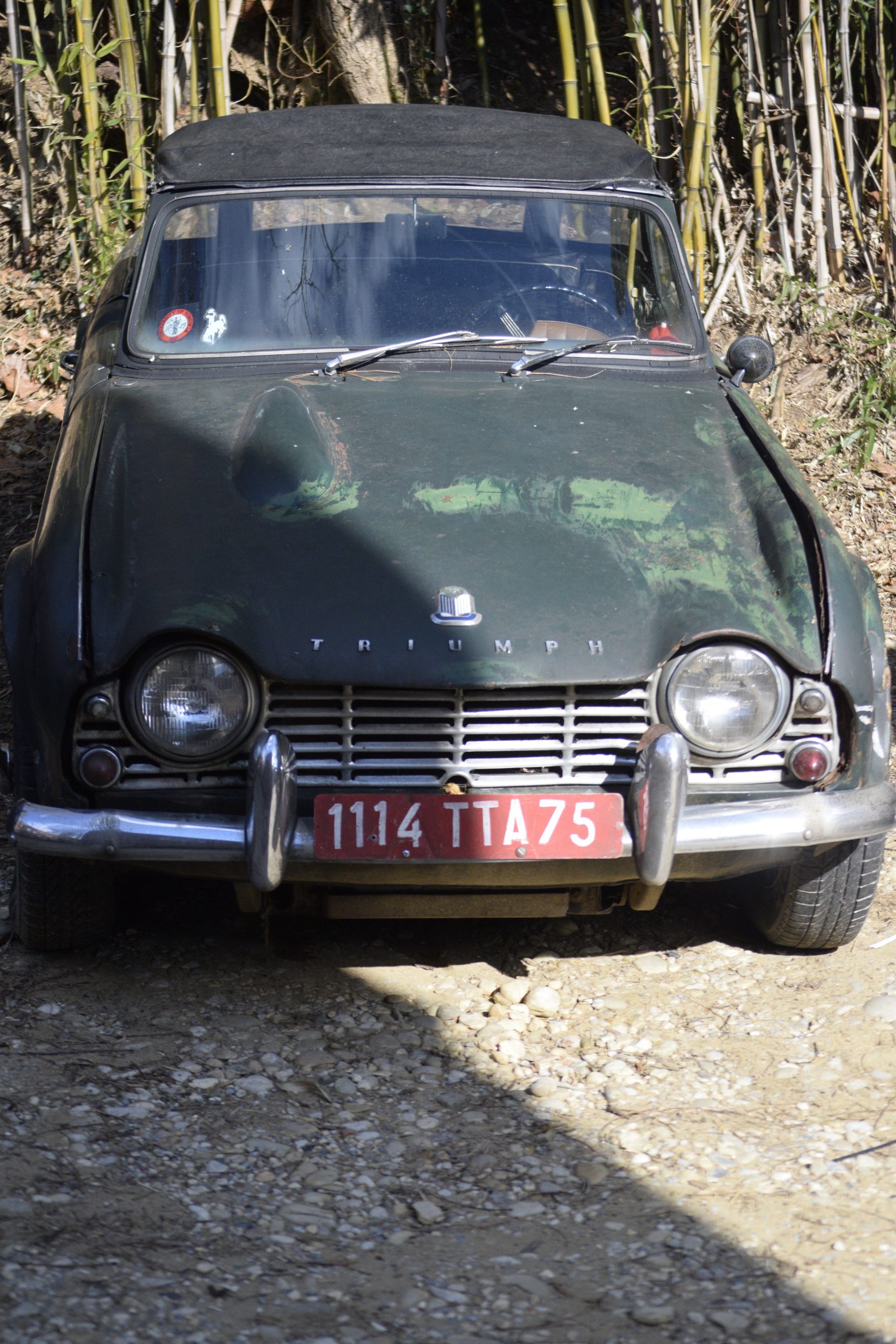
I walked home that night, to Palisades from downtown, through streets alight with burning newspaper kiosks and park benches. On K Street, one of the anarchists waved a Soviet flag to the night. I stopped and asked him if he had anything to say about the millions who had died beneath that flag in gulags and purges in the 80 years from Lenin to Gorbachev.
He didn’t. He’d never heard of those people.
Meanwhile, across the street, plutocrats in tuxes and fur-clad, stiletto-heeled arm candy headed off to inaugural balls, picking their way around trash burning in the streets. That was 2017. We should have known what was coming.
This morning, exactly four years later, I met up with a Chinese documentary filmmaker and headed down to the Mall to see what there was to be seen. We had wandered the occupied city for the last few days and knew it for an armed camp, its streets barricaded, its businesses boarded up.
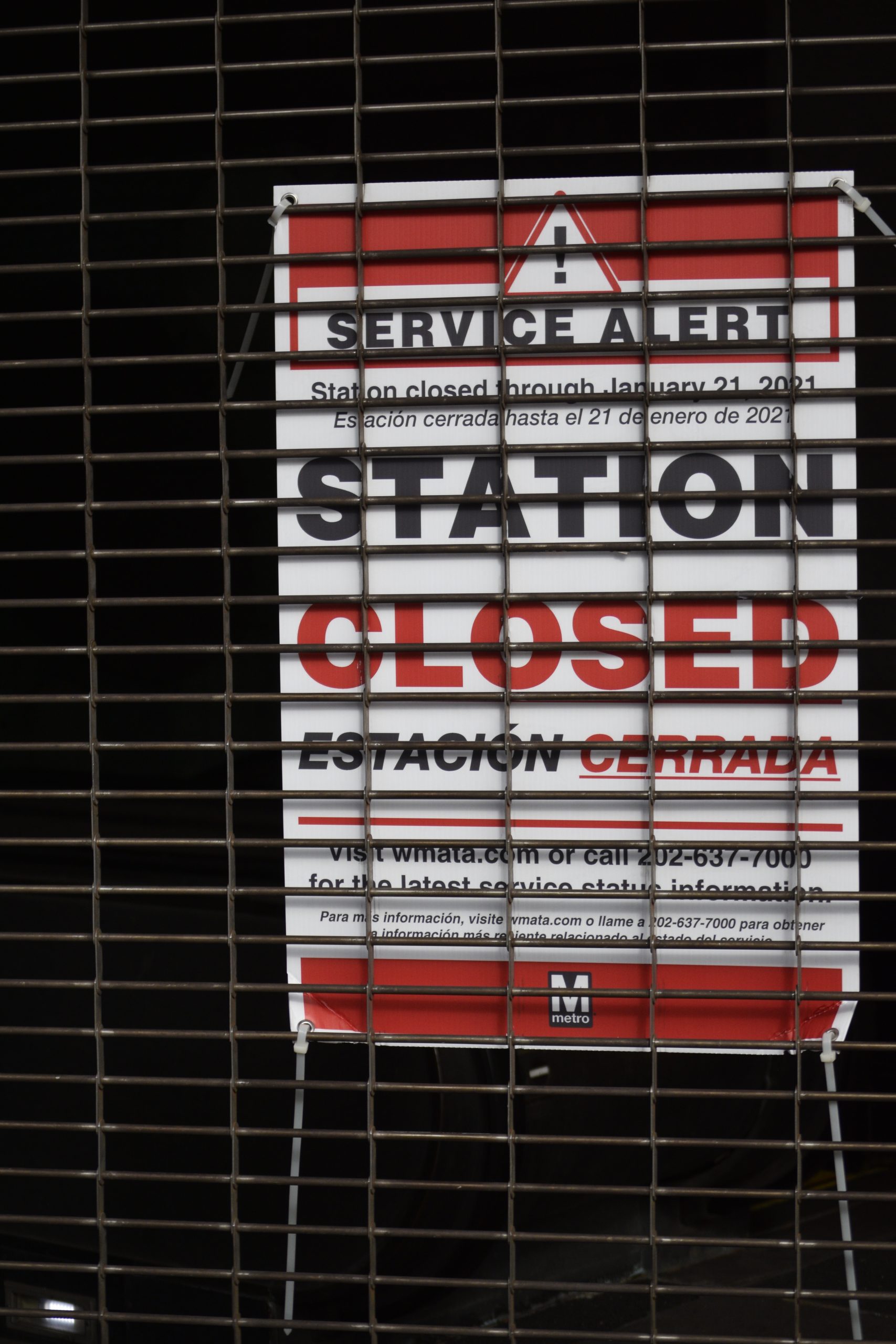
Instead of pedestrians and the usual traffic, thousands of troops thronged the wide avenues, deployed against a fictitious rebel army of Trump supporters coming to tear Biden from his inaugural podium.
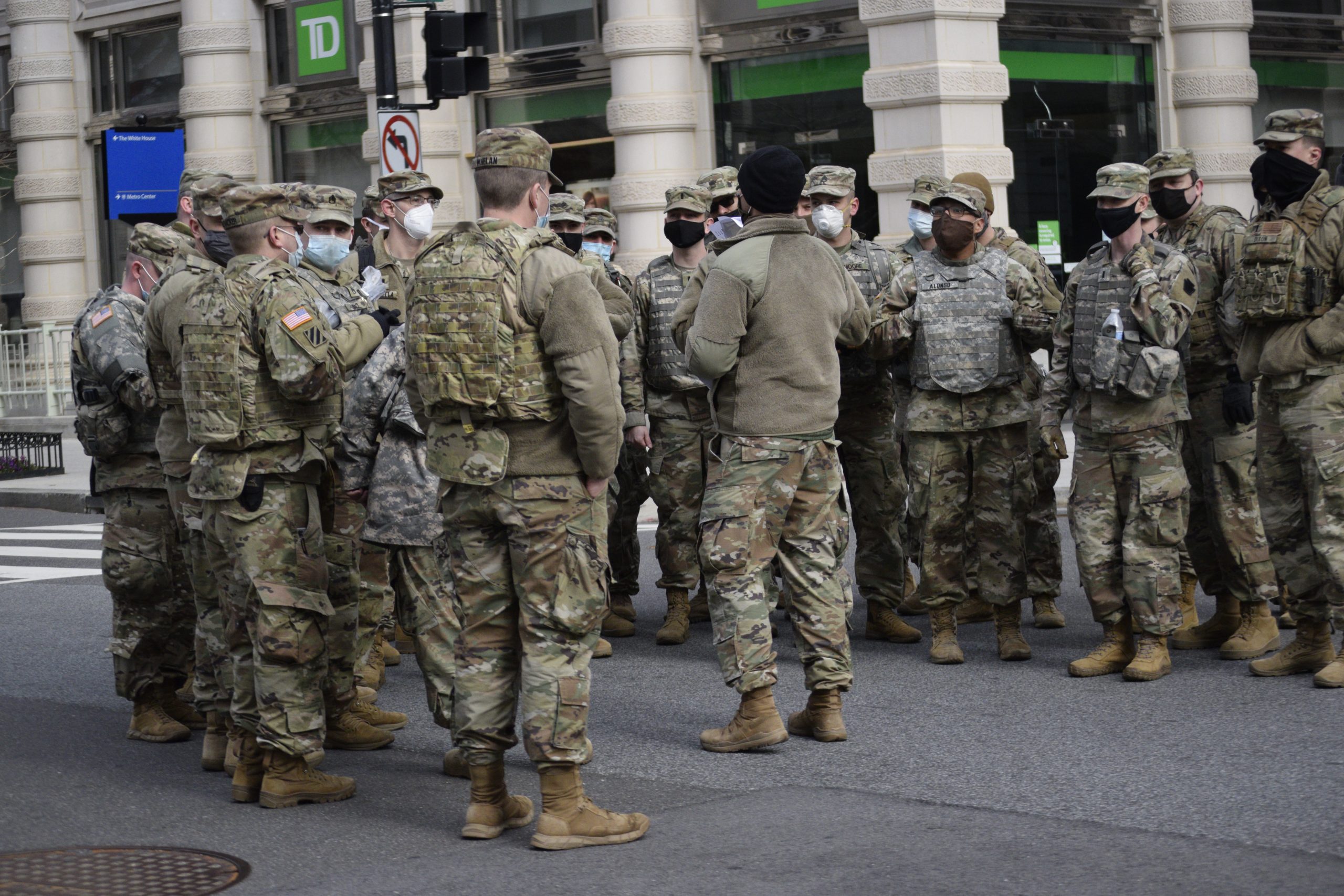
After several detours, we ended up on the north side of the Capitol along with a few hundred other journalists, too far from the ceremony to see anything except the Capitol dome and a line of National Guardsmen standing at attention behind storm fences and concrete barricades, their assault rifles carefully aimed at the ground. At the corner of North Capitol and Independence, journalists from the International Press Corps malingered, desperately hoping to get some kind of story. Like us, they had not been blessed with one of the few inaugural passes. Many stood with their hands in their pockets in front of expensive video equipment, trying to think of something to say to the folks back home in Chile or the U.A.E.
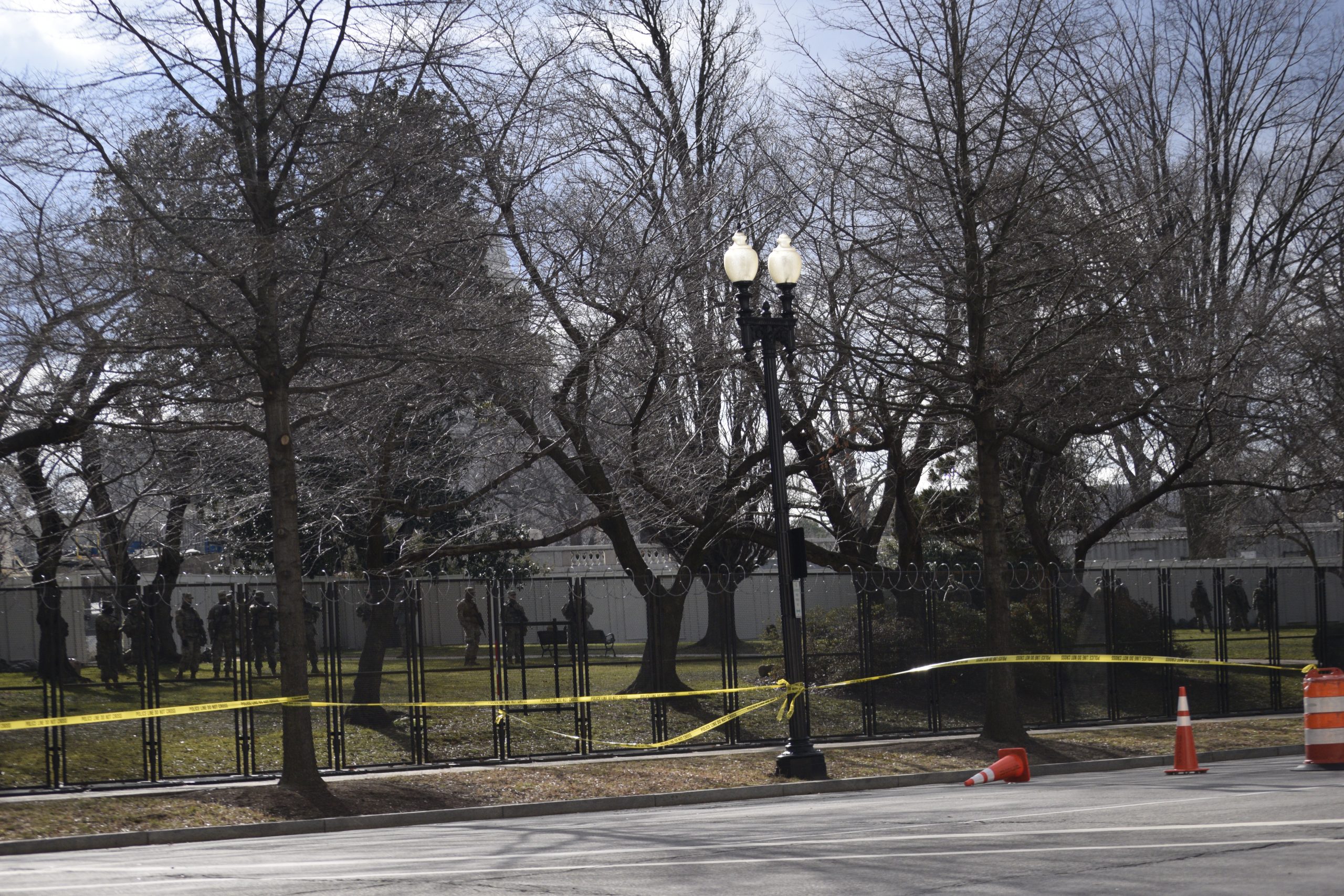
They had come for the promised insurrection and got instead a dull winter afternoon, enlivened for those few close enough to hear the performances of Lady Gaga, Jennifer Lopez, and Garth Brooks.
As noon approached, I called my ex-girlfriend, whom I knew to be home watching the inauguration on television.
“Anything happening?” I asked.
“Aren’t you there?”
“Yes and no.” All I could see right were the backs of the heads of fellow journalists and a smattering of law enforcement.
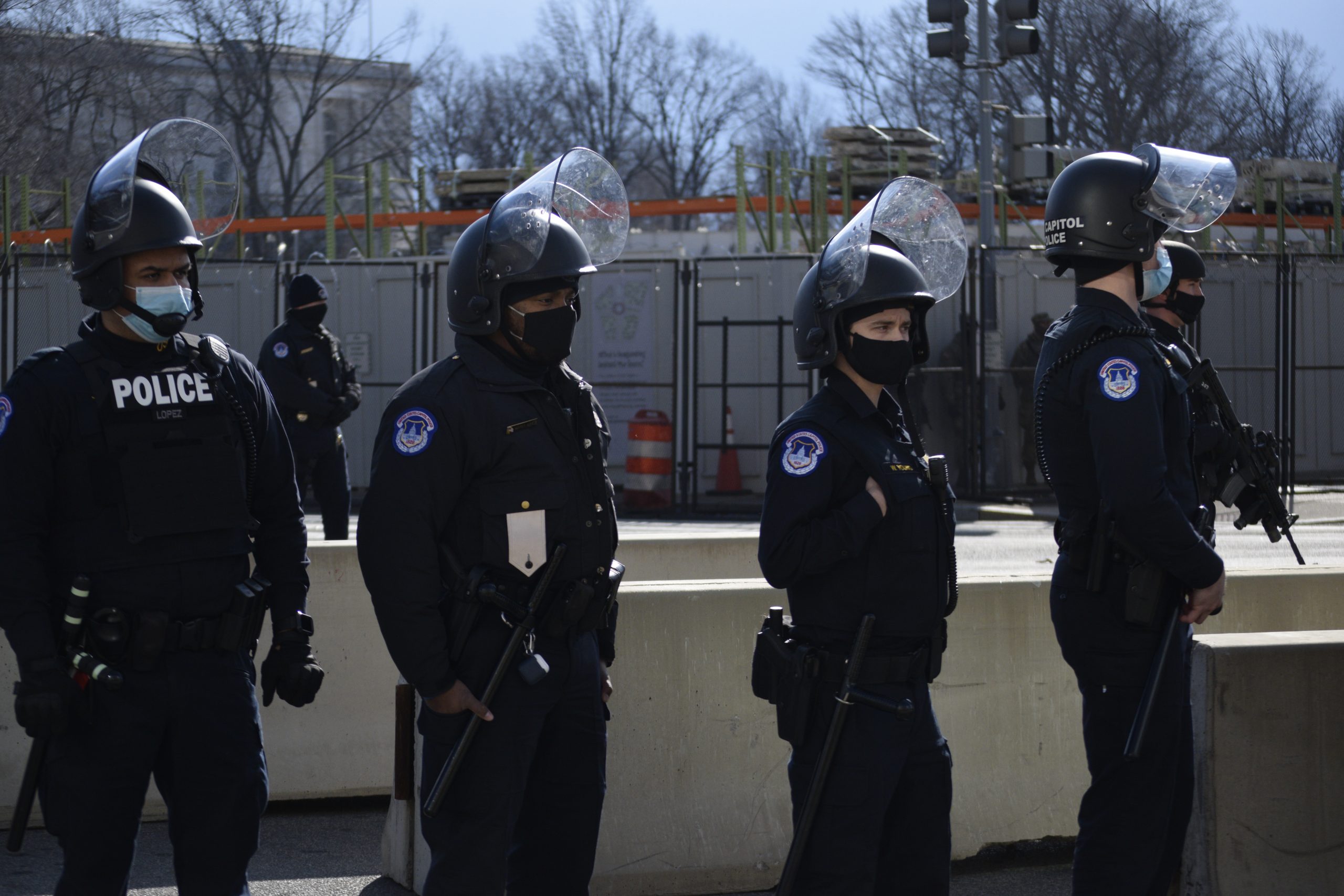
Suddenly, my ex-girlfriend burst into tears. Kamala Harris had just been sworn in as vice-president. A few minutes later, at about 11:45 a.m., earlier than the traditional oath-taking time of noon, it was Joe Biden’s turn. My ex held her phone up to the TV for Biden’s inaugural address. I listened for a while to the same old platitudes, then couldn’t listen anymore. The parade would be “virtual,” as would the inaugural balls. Instead of spectators, they had planted 200,000 flags on the Mall.
At 6 p.m., my ex’s neighbors in uber-liberal Takoma Park, Maryland, had ginned up a sort of local inaugural celebration. Everyone on her street had been ordered out to their porches via the NextDoor social platform — there they would grin at each other from at least 50 feet away and make thumbs-up gestures to welcome in the new administration. They could stop being deranged at last. Trump’s feet wearing ruby slippers had been glimpsed sticking out from underneath the South Portico of the White House.
“If I don’t go out,” she sniffed, “They’ll know I’m a Republican.”
“Stay inside,” I said. “It’s not a crime to be a Republican in America. Yet.”
Robert Girardi is a novelist and nonfiction writer from Washington, D.C. He can be reached at [email protected].

